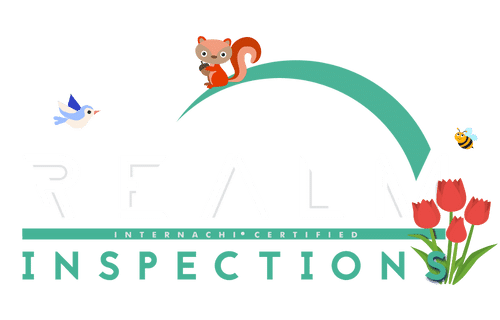Pre-Drywall Inspections
One way to ensure that a house is built according to its specifications is by performing a pre-drywall inspection. “Pre-drywall” refers to a phase during the homebuilding process just after the installation of certain elements – such as the doors, windows, foundation, flooring, wall and roof components, plumbing, and electrical rough-in – and right before the drywall is hung. This in-progress or construction-phase inspection is useful because drywall can obscure some aspects of the interior and make identifying or fixing any problems both difficult and expensive, once the new home is completely finished.
A pre-drywall inspection can be performed after the insulation is installed, which is convenient because it allows the home inspector to determine whether it was done properly. However, the insulation may conceal some components in much of the same way that drywall does.
What is inspected during a pre-drywall inspection?
During a pre-drywall walk-through, the areas of the house that the inspector can check include:
- the foundation;
- floor system;
- roof system;
- wall system;
- plumbing system;
- electrical system;
- HVAC;
- exterior wall covering;
- roof covering; and
- the interior.
When performing a pre-drywall walk-through, the home inspector may inspect:
- electrical wiring and junction box placement;
- framing;
- foundation slabs, walls and drains;
- footings;
- notching of floor joists;
- firestop material;
- pier pads;
- crawlspace;
- retaining walls;
- plumbing pipe placement;
- waterproofing;
- flashing for windows and doors;
- wall studs;
- any missing metal clips; and
- the placement of HVAC air ducts and registers.
There are many common concerns that a pre-drywall inspection can address. These questions include:
- Is there an appropriate number of electrical outlets in every room?
- Is there a drain pan installed for the washing machine so that water is caught in the event of a leak?
- Are there wood blocks in places where extra support may be necessary?
An important element to a pre-drywall inspection is the inspection report. Most home inspectors typically include photos and/or video. These are especially beneficial to the client because of the level of detail that they can provide. When it comes to documentation, more is more! So, as long as you have permission to do so, record everything that you can.
Finally, remember that safety is key. InterNACHI’s Standards of Practice states that no home inspector is required to inspect any component that may compromise his or her safety.

Leave a Reply
Want to join the discussion?Feel free to contribute!